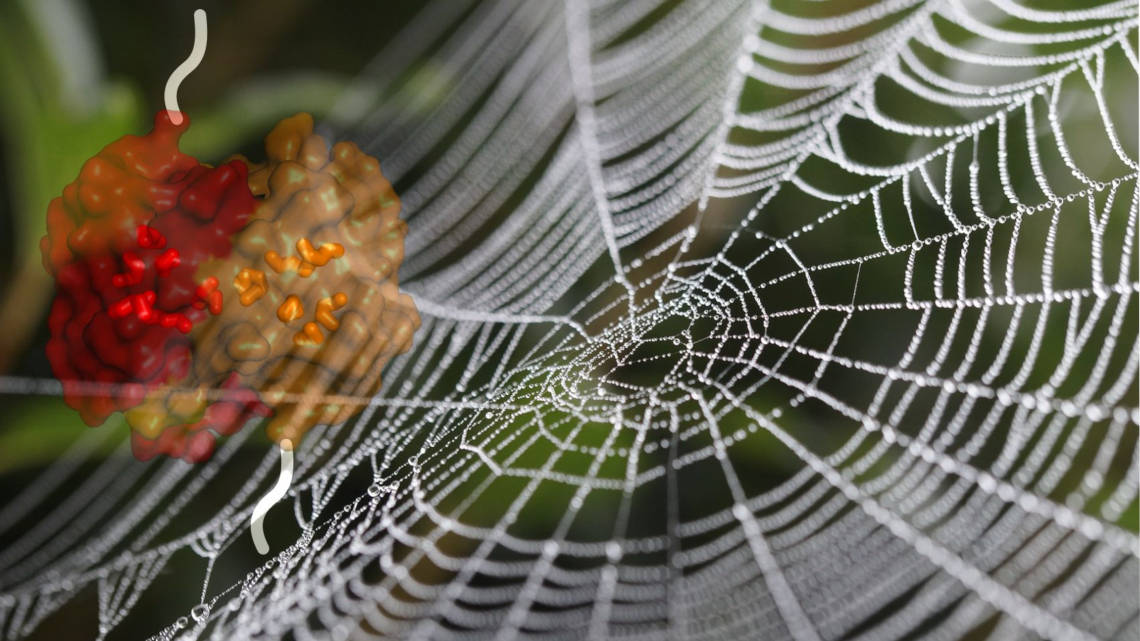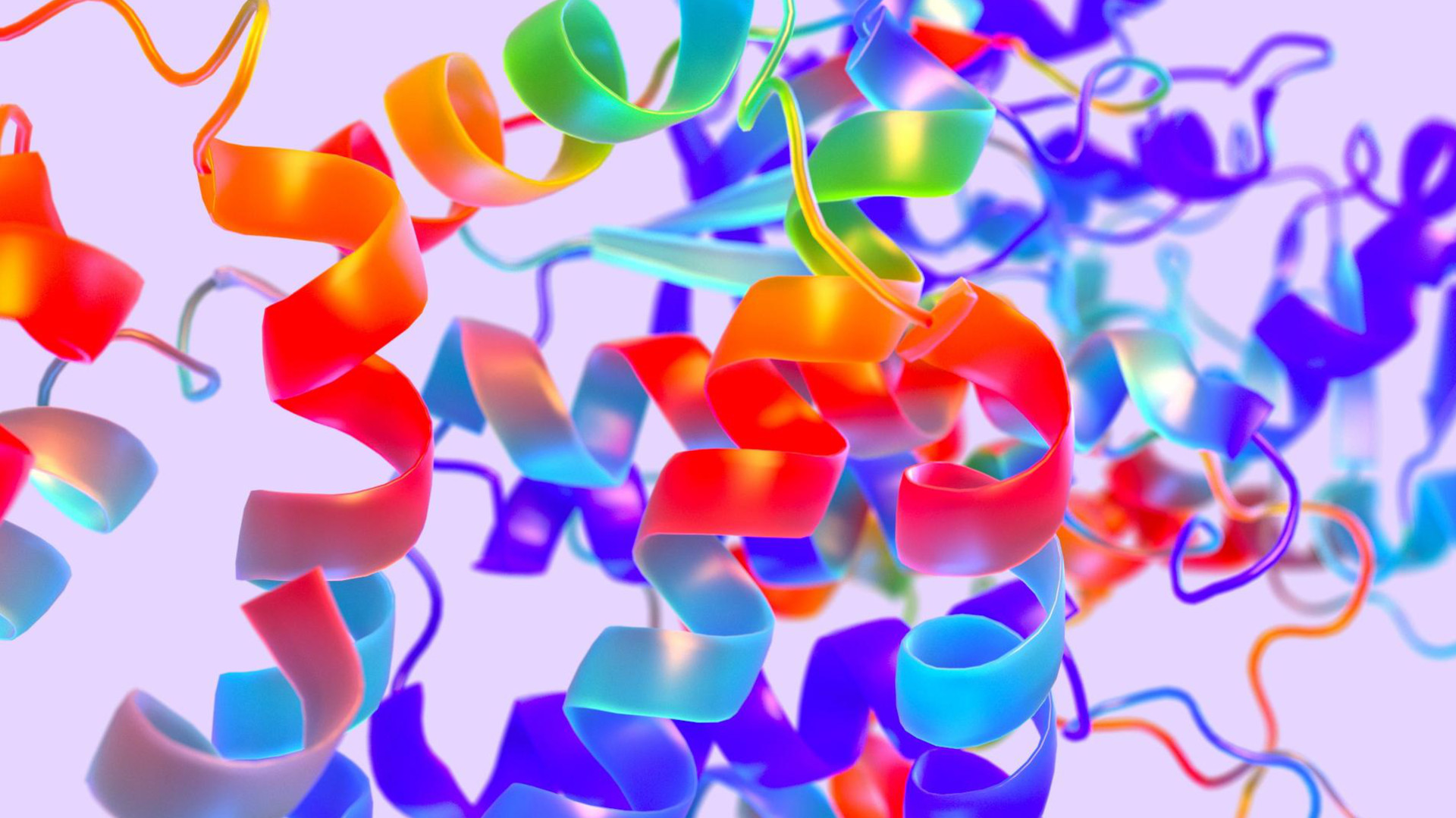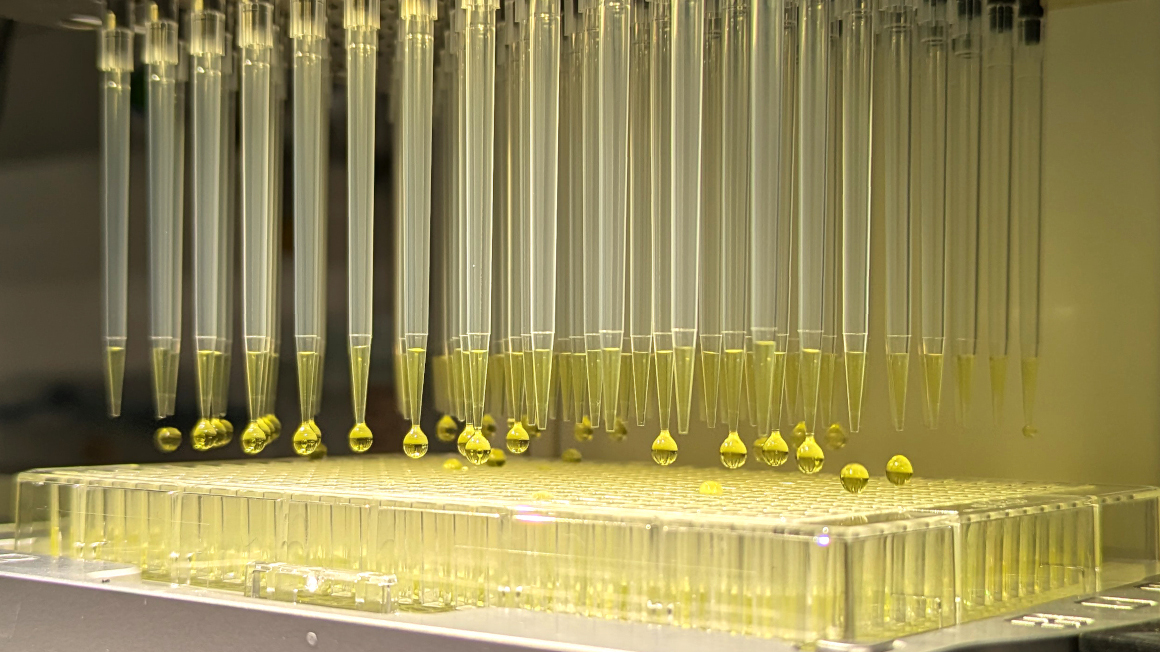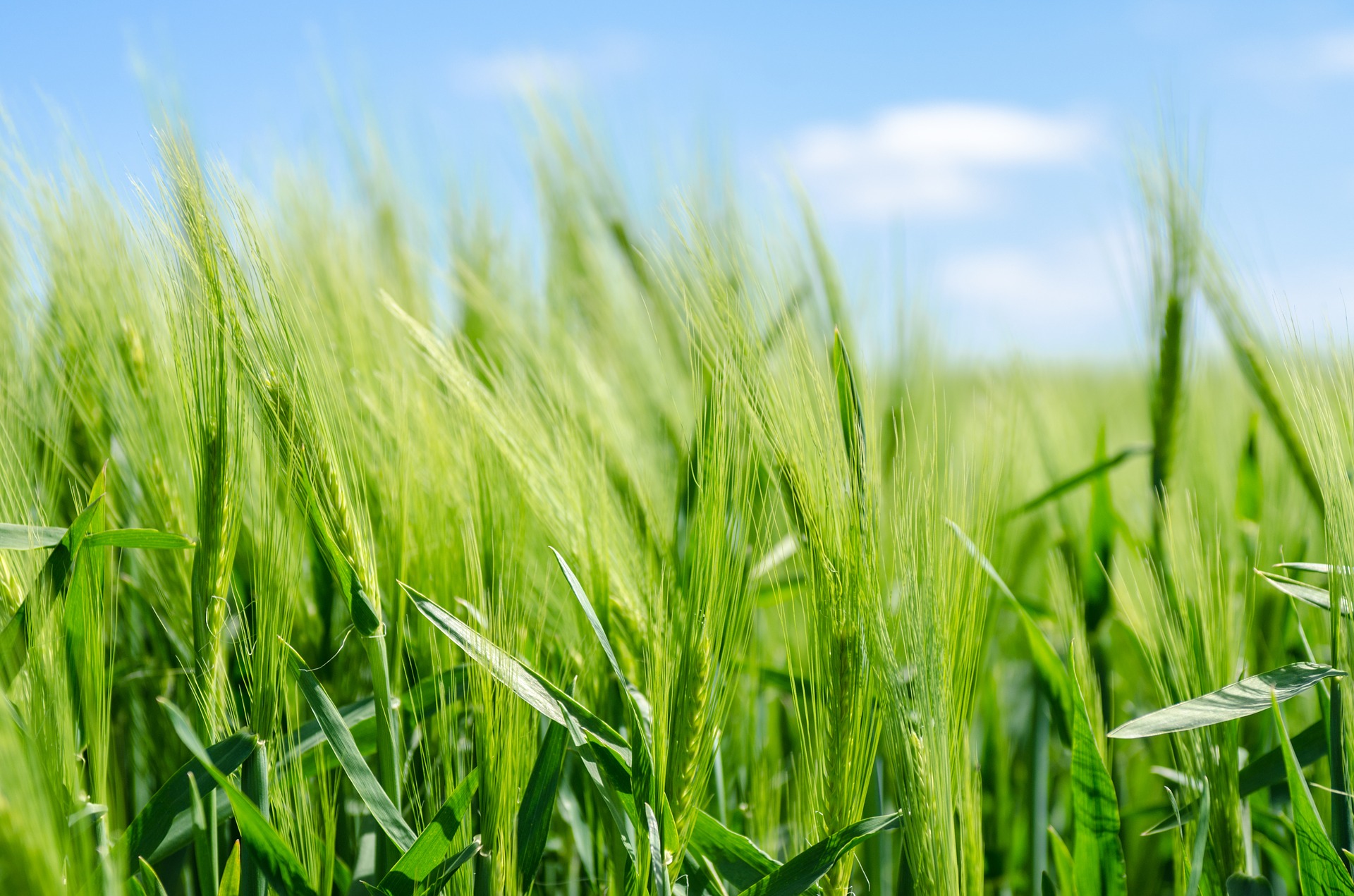The secret of spider silk strength
It is an amino acid that makes the silk proteins in the spider thread tensile, researchers from the University of Würzburg have discovered.

Spider silk is - in relation to its weight - more tear-resistant and stretchable than synthetic fibers made of Kevlar or carbon. For a long time now, it has also been imitated industrially and used as a material, from aircraft construction or the textile industry to medicine. However, the secret behind the special properties of silk proteins was not yet fully understood. Biotechnologists and biophysicists at the Julius Maximilian University of Würzburg (JMU) now report in the journal "Nature Communications" that a previously undervalued amino acid might play the key role.
The secret: methionine
All life is based on 20 amino acids from which the proteins are composed. The amino acids form chains that combine to form individual spatial structures based on the properties and sequences of the respective amino acids. This is the only way to achieve the defined function of the respective protein. Methionine is a comparatively rare amino acid. "To date, molecular biologists and protein scientists have paid little attention to this amino acid," said Hannes Neuweiler, a private lecturer at the Department of Biotechnology and Biophysics at JMU. "In proteins, the side chain of methionine is believed to have little functional importance."
Flexibility is transferred to the protein
Methionine is known to have a mechanically very flexible region in the molecule compared to the other amino acids. The researchers have now discovered that spider silk proteins have built up a large amount of methionine at one of their two ends. In this way, the flexibility of the amino acid is transferred to the entire protein range. "Like a mouldable key that adapts its shape to the lock, the domains of the silk proteins change their shape to tightly connect with each other," said Neuweiler explaining how this results in the spider silk's structure, which is both firm and malleable.
Enhancing artificial spider silk with methionine
"Our work aims at making fundamental contributions to understanding the relationship between structure, dynamics and function of proteins," said the bioscientist. Manufacturers of artificial spider silk will now be able to experiment with the methionine content of the proteins in order to adapt the properties of the material. The researchers also speculate that it is possible to use methionine to give completely different proteins new properties. In the next step, they want to test this for themselves and also compare the effects of methionine on the silk of different spider species and glands.
bl/um


